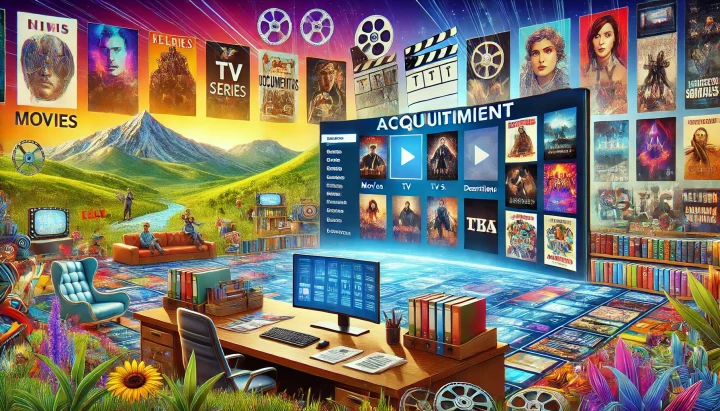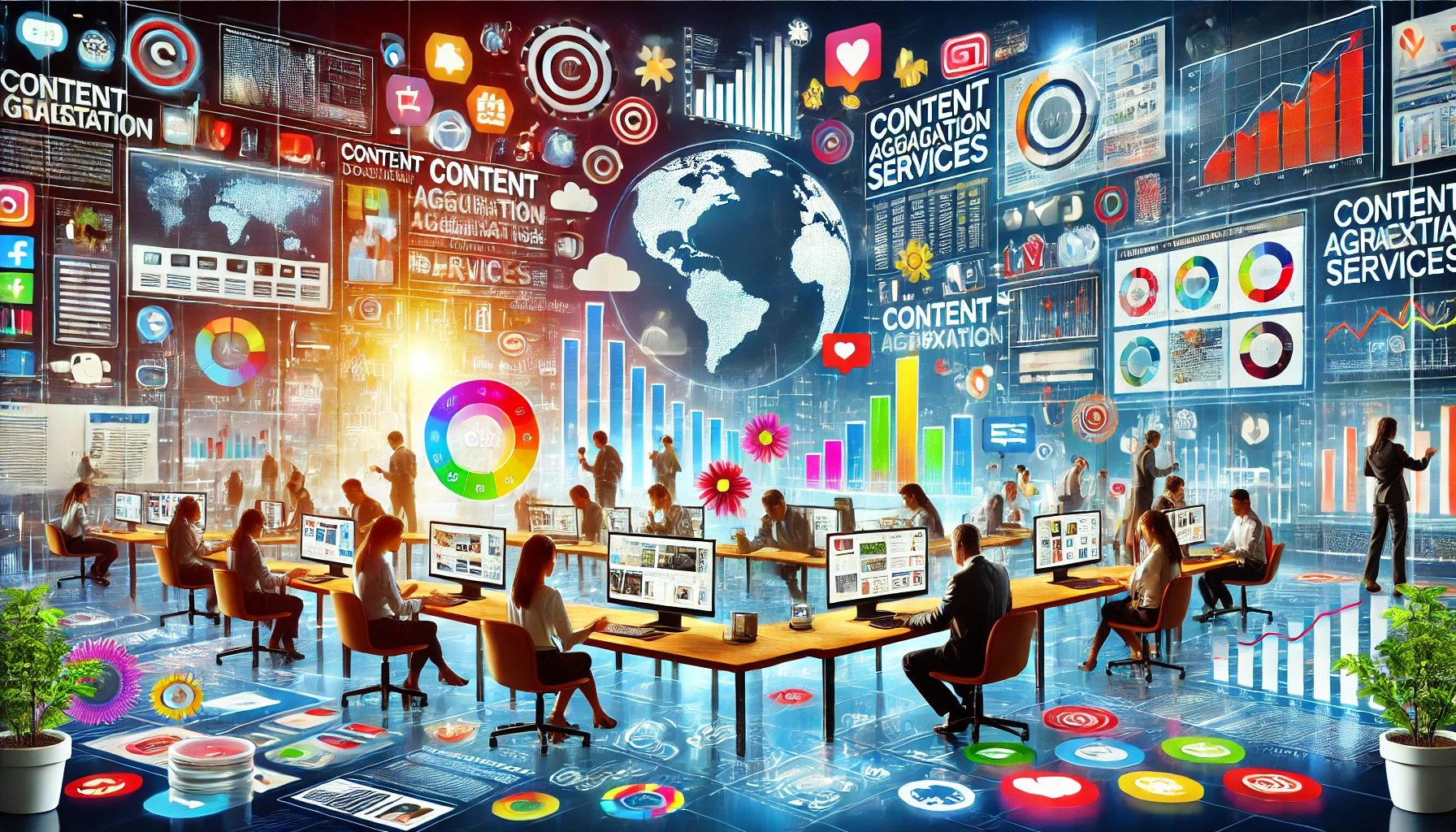Introduction
In today’s streaming industry, platforms like Netflix and Amazon Prime are harnessing the power of AI-driven content personalization to deliver tailored recommendations to millions of users worldwide. Personalized content is no longer a luxury; it’s a necessity for platforms looking to engage viewers, increase screen time, and ensure that users return for more. In this article, we’ll dive into how AI makes this possible, the benefits and challenges it brings, and the tools available for content personalization. Whether you’re a buyer looking to understand AI’s role in optimizing viewer engagement or a seller seeking to utilize these insights, this guide will provide actionable knowledge.
Key Takeaways
| Topic | What You’ll Learn |
| AI in Content Personalization | How AI enhances content discovery and viewer engagement |
| Benefits of AI for Streaming | Why streaming platforms use AI to tailor content to user preferences |
| Challenges of AI Personalization | Common issues with AI-driven recommendation engines and personalization strategies |
| Future of AI in TV | How AI will evolve to cater to a broader, more diverse audience |
Boost Viewer Retention with Personalized AI

How AI Content Personalization Works
AI in content personalization is built on algorithms that analyze data such as user behavior, preferences, and interaction patterns to generate recommendations. It uses machine learning and neural networks to improve the accuracy of its suggestions, learning from each interaction to refine results.
Components of AI-Driven Personalization:
- Data Collection: AI gathers insights on user watch history, searches, and time spent on certain genres.
- Behavior Analysis: AI uses past behavior to predict future preferences, creating recommendations tailored to each individual.
- Real-Time Updates: Recommendations evolve as users interact with more content, ensuring ongoing relevance.
For more on how AI powers various facets of media, check out AI-Driven Automation in Video Editing.
Benefits of AI-Driven Personalization
By personalizing content, AI helps streaming platforms keep users engaged. The most successful platforms use AI-powered recommendation engines to enhance the viewing experience, resulting in stronger user loyalty and higher retention rates.
Key Benefits of AI in Personalization:
- Tailored Content Delivery: AI systems ensure that users receive content based on their preferences, keeping them engaged for longer.
- Increased Retention: Users stay on platforms longer when content matches their tastes, improving retention.
- Enhanced Viewer Engagement: Personalized content increases user interaction and keeps audiences returning to the platform.
Explore how Generative AI is shaping content creation and personalization in the media industry here.
Leverage AI for Better Content Recommendations

Common Challenges with AI Recommendations

Despite its success, AI-driven personalization has its challenges. Problems such as algorithm bias or irrelevant recommendations can affect user experience, leading to dissatisfaction. Additionally, AI may struggle to cater to underrepresented or niche audiences, limiting its effectiveness.
| Challenge | Explanation |
| Algorithm Bias | AI may prioritize certain types of content, leading to a lack of diversity in recommendations. |
| Irrelevant Suggestions | Users may receive recommendations that don’t align with their preferences, reducing engagement. |
| Audience Representation | AI struggles to cater to underrepresented audiences, leading to a lack of content diversity. |
For an in-depth look at AI bias and how it affects content personalization, visit AI Audience Analytics in TV.
AI Tools for Personalizing Content
There are numerous tools available to help platforms personalize their content. These tools make use of AI-driven algorithms to provide recommendations based on user behavior and preferences, enhancing the overall viewing experience.
Top AI Tools for Personalization:
- Amazon Personalize: Delivers personalized recommendations at scale.
- IBM Watson: Offers real-time AI analytics to optimize content delivery.
- Google Cloud AI: A scalable solution for powering personalization across streaming platforms.
For more information on tools and platforms, visit AI in Virtual Production.
Transform Streaming with AI Content Personalization

Human Curation vs. AI: Which is Better?
While AI offers efficiency and data-driven recommendations, human curation brings creativity and emotional depth. Platforms often struggle with the decision of whether to rely entirely on AI or balance it with human oversight.
AI vs. Human Curation:
- AI Strengths: Speed, scalability, and real-time updates.
- Human Curation Strengths: Understanding emotional nuances, creative decision-making, and personal touch.
Explore how AI is combining with human creativity in animation and other media fields in AI in Animation.
Specialized AI Applications in Movies
AI-generated movie scripts
AI is not just assisting with editing and effects but also generating entire scripts and storylines. These tools help create innovative narratives that might not be possible with traditional methods. Vitrina explores the potential of AI in script and story creation.
How AI is transforming movie storytelling
Movie storytelling is evolving with the help of AI, which offers new ways to structure narratives, develop characters, and engage audiences. Vitrina discusses how AI is influencing the art of storytelling in movies.
AI in subtitle and caption generation for movies
AI is also being used to automate the generation of subtitles and captions, making the process faster and more accurate. These tools ensure that movies are accessible to a global audience. Vitrina explores the benefits of AI in subtitle and caption generation.
AI in movie restoration and preservation
AI is playing a crucial role in movie restoration and preservation, helping to restore old films and preserve them for future generations. Vitrina explores the technologies being used to bring classic movies back to life.
AI in predicting box office success
AI is helping predict box office success by analyzing trends, audience behavior, and market data. This information allows filmmakers to make informed decisions about marketing, distribution, and production. Vitrina discusses the role of AI in predictive analytics for movies.
Future Trends in AI Content Personalization
As AI advances, so too will its ability to personalize content in more nuanced ways. New trends are emerging that will reshape how platforms deliver content to users.
Future Trends:
- Emotion-Based Personalization: AI will analyze emotional responses to recommend content based on mood.
- Deep Learning: AI will dive deeper into behavior patterns to offer hyper-personalized suggestions.
- Voice and Facial Recognition: AI will integrate biometric data for more precise recommendations.
To learn more about emerging AI trends, check out Deepfake Technology in TV.
Key Takeaways
- AI-driven personalization is essential for delivering content that resonates with individual viewers.
- Platforms benefit from improved retention and viewer engagement when recommendations are accurate and tailored.
- Algorithm challenges such as bias and irrelevant recommendations remain a hurdle, but advancements in emotion-based personalization could resolve these issues in the future.
- AI will continue to evolve, integrating deeper analytics and biometric data to create a more personalized and engaging viewing experience.
Frequently Asked Questions
AI analyzes user data, such as viewing history and preferences, to make tailored recommendations.
Challenges include algorithm bias, irrelevant recommendations, and difficulty in reaching niche audiences.
While AI offers efficiency, it lacks the emotional depth that human curation provides, particularly for creative content.
Top tools include Amazon Personalize, IBM Watson, and Google Cloud AI.
Trends include emotion-based personalization, voice recognition, and more advanced deep learning techniques.

























